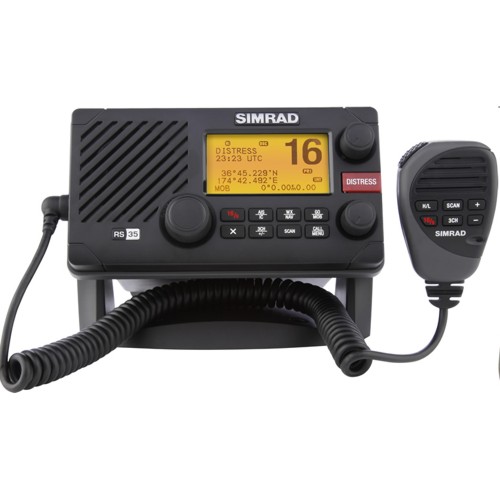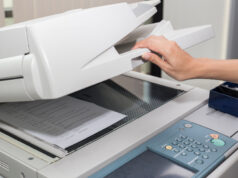Search and Rescue (SAR) professionals know that many mariners incorrectly identify themselves or provide an accurate position for their vessel during distress situations. Many vessels now carry marine radio that have Digital Selective Calling (DSC) capability or they are required to use Automatic Identification Systems (AIS) equipment. This progressive gear has the ability to identify you and your craft to rescuers using a nine digit Maritime Mobile Service Identity (MMSI) Number.
MMSI Numbers – The Coast Guard has serious concerns with boaters failing to register for a MMSI number or properly entering the number in devices capable of using the information. A MMSI number provides SAR controllers with a vessel description, owner name, and contact information. This is all very useful information for those people trying to assist you in an emergency. Boaters can obtain a MMSI number from BoatU.S. or Sea Tow for free. Once registered, it is important to keep your contact information current.
Safety Recommendations – Many new marine radios come equipped with Distress Alerting Capability (DAC) that broadcasts your MMSI information by pushing a single button. If your vessel is equipped with a GPS receiver and it is correctly connected to a DAC capable radio, it will also provide rescuers with your actual position automatically. Safety officials encourage boaters to transition to the newer DSC capable radios and carry a 406 MHz Emergency Position Indicating Radio Beacon (EPIRB) for trips beyond twenty miles from shore.
AIS Equipment – Automatic Identification Equipment (AIS) is carried by select commercial vessels as a requirement to operate in Vessel Traffic Service (VTS) areas operated by the Coast Guard. AIS is backward compatible with DSC radio equipment and provides a weath of navigational data to a ship operator. Using a radar display with an electronic chart overlay, AIS shows every similarly equipped vessel on the screen. Clicking a vessel displayed shows its name, length, route of travel, speed and more. Safety information like closest point of support and time to closest point of approach are shown graphically. Information previously only available to Coast Guard vessel traffic controllers is provided by AID shipboard.


















